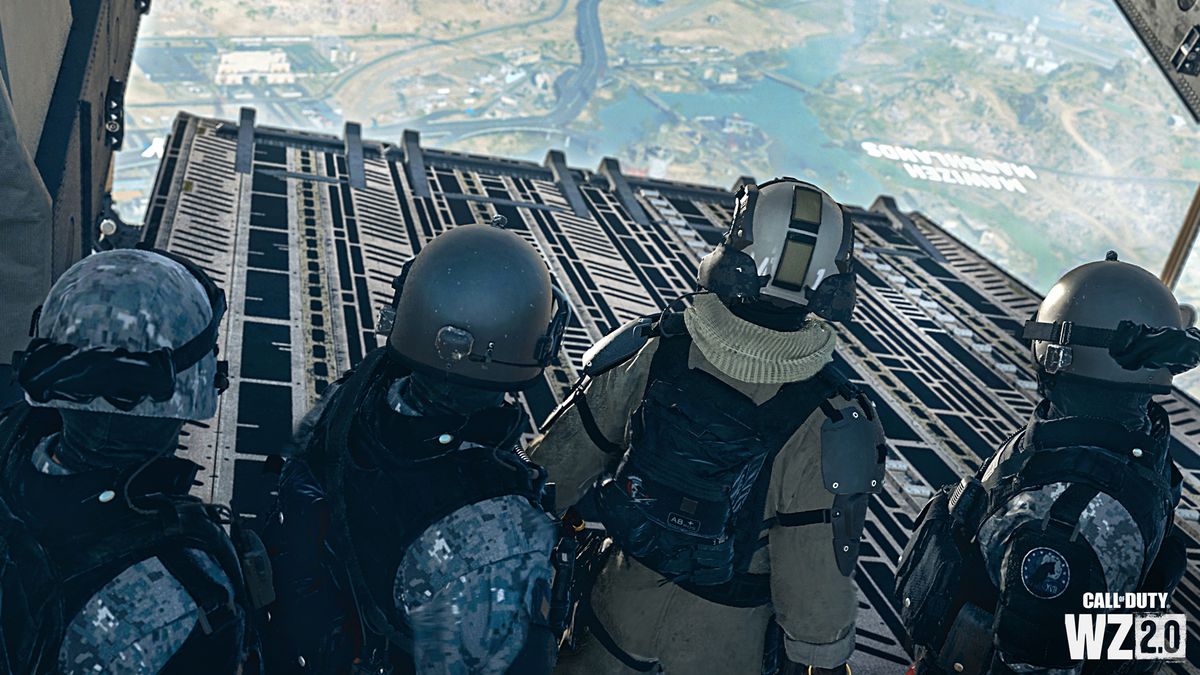12DOVE Verdict
Warzone 2 isn't a battle royale revolution, but rather a steady march toward a new horizon for Call of Duty. Al Mazrah is a real victory, and the action contained within this impressive map is often unpredictable and challenging in a way that the original Warzone wasn't.
Pros
- +
Al Mazrah is an incredible map
- +
Heavier, more deliberate movement
- +
Sharper combat pacing
Cons
- -
Some additions are misplaced
- -
Messy progression systems
- -
Lackluster Gulag
Why you can trust 12DOVE
Warzone 2 has exposed the lies at the heart of battle royale. Common complaints have been ripped from the pages of Reddit and are now communicated in real-time, as players stalk the sprawling terrain of Al Mazrah in search of exfiltration and in defiance of proximity chat. I've heard it all, from the boys who cry hacker to the blaming of every missed shot on server lag. But it's those who direct their squads to certain death – on a false promise that an opponent is "one shot" after a brief battle – who remain my favorite. Warzone 2 gives every one of us the right to reply to such indiscriminate lies, and loudly exposing a falsehood on an open comms line, before opening fire for a squad wipe, is the most satisfying maneuver that you can pull off in multiplayer right now.
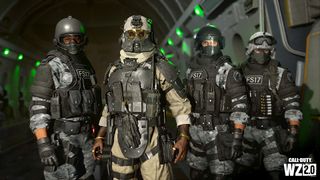
Release date: November 16, 2022
Platform(s): Xbox Series X, Xbox One, PS5, PS4, PC
Developer: Infinity Ward
Publisher: Activision
The implementation of proximity chat into an online first-person shooter is hardly uncharted territory, but it's one of the many smaller-scale additions which help to breathe new life into Call of Duty's battle royale. The results are remarkable – Warzone 2 is remarkable, even as changes to fundamentals like loadouts and looting prove to be divisive for an already embattled community. Infinity Ward has succeeded in making the traversal of increasingly hostile territories exciting again, regardless of whether you're fresh meat for the grinder or have already committed hundreds of hours to repeating the circuitous cycle of death, rebirth, and occasional victory across Verdansk and Caldera.
Surviving Al Mazrah
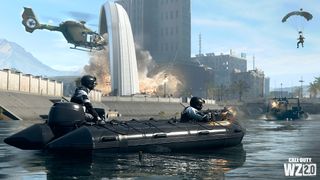
Despite the technical innovations that underpin Warzone 2 – a truly ambitious playspace, aquatic combat, an overhaul of weapon ballistics and handling – Infinity Ward has, in a sense, returned to the basics of battle royale. The experimentation inherent in hybrid experiences like Resurgence, and objective-based modes like Plunder, which helped to define the original Warzone are out.
And so 150 players drop onto a single, sprawling map with little more than a pistol. Solitary survival is interspersed with frenetic firefights at random intervals, as backpacks fill with loose ammunition and equipment. And when the final expletive is cast across death comms, one combatant is exfiltrated from a small, circular arena – victorious, with a tale to tell to anybody who will listen.
Warzone 2 is defined by the stories it allows you to generate, and how well you can navigate the wide spaces between a round's most memorable moments – defiance in the face of death; racing against a closing gas circle; the quiet isolation of looting the sunken Sawah Village. Adrenaline-raising battles are more infrequent in Warzone 2, unless your squad is insistent on hot-dropping over the city of Al Mazrah's high-rises. Because of the size of the map, you're likely to see fewer enemies while exploring, and when you do encounter one, there is very little margin for error once a trigger is pulled.






That's largely because of Warzone 2 embracing (and expanding upon) the core Modern Warfare 2 platform. Key mechanical improvements, progression systems, and overindulgences are shared between the two. Shared, and undoubtedly heightened in the fight to survive Al Mazrah – from the wicked time-to-kill and steadier movement speed, to the more convoluted approach toward weapon customization and loadout retrieval. Warzone 2 is a slower, more considered experience than its predecessor, with combat pacing among the most severely impacted areas of play.
To understand why, you first need to have a real grasp of Al Mazrah. The Warzone 2 map is the most impressive (and largest) ever created for Call of Duty; densely detailed and smartly sectioned, with territories that make fine use of dense urban sprawls, sparse open ground, and undulating terrain that can act as makeshift cover in a pinch – the glimmer of a shimmering scope ever-present on every horizon. What's incredible is that Al Mazrah doesn't feel like a patchwork, even as it has you moving across original areas and old favorite multiplayer maps (Showdown and Shipment from MW; Afgan, Terminal, and Quarry from MW2; MW3's Dome and even Neuville, from the original Call of Duty).
Visibility and detail is clear, distance between POIs is palpable, and the scale of threat shifts cleanly as you move between areas. Al Mazrah is a cleaner map than Caldera, and more balanced than Verdansk. However, rotating between positions is slower. The viability of tactical sprint has been reduced, your turning circle is wider, and weapon handling is heavier than it has ever been in Warzone. Engagements have changed as a result.
Slow and steady
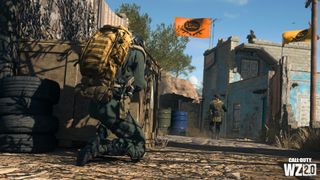
Warzone 2 prioritizes positioning in a way that almost feels antithetical to the core Call of Duty experience. You need to be more mindful of how (and when) you decide to break from cover and across open space, and when you decide to open fire on an enemy. Should you get a handle on the climbing recoil patterns of the many weapons strewn liberally across the map, Assault Rifles and SMGs will chew through armor plates with relative ease. Speaking of armor, Infinity Ward has upended the balance of survivability by introducing a three-tier armor satchel; you can only equip two plates by default, and expand this to three if you're lucky enough to loot the rare item or locate a Buy Station which stocks it. A misplaced ode to Black Ops 4's Blackout battle royale, perhaps.
Combat pacing is shorter and sharper, and shrugging off the muscle memory of Warzone's cat-and-mouse battles is a shock to the system. But after settling into its rhythms, I came to appreciate what Infinity Ward has created here. This battle royale is leveraging slight MilitarySim leanings into an approachably competitive FPS framework, and it works. That's partly because everything is expendable in Warzone 2. Your hit points and ammunition, obviously, and your patience, naturally. But almost everything else you encounter too. Vehicles run out of fuel and need to be ditched in the race between gas circles, three of which can now appear in the closing minutes to splinter squads and generate drama. The Heartbeat sensor will run out of battery if you lean on it too heavily, a nightmare while cowering crouched behind rocks as incoming bullets kick up dust around you. Hell, even the Buy Stations will run out of its stock of UAVs.
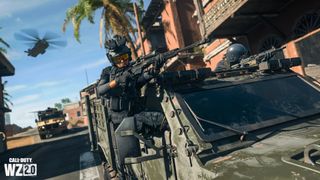
"Warzone 2 forces more emergent strategies as you stumble from one horrendously tense firefight to the next"
All this makes for a more challenging and combative experience, forcing more emergent strategies as you stumble from one horrendously tense firefight to the next. At first, limitations on elements such as killstreak deployment feel strange – combat pacing in the original Warzone was, after all, ultimately defined by its combination of overhead radars and custom loadouts. But UAVs are encountered so infrequently in Warzone 2 that a notice of activation feels like a genuine threat to your survivability, and so few players being able to equip their full loadout is a well-intentioned attempt to pull players away from the seasonal meta mentality.
Those who are hell-bent on equipping their preferred primary weapon, throwables, and perks will likely find themselves battling through Strongholds – three generate in any given game, across 77 possible locations – which are guarded by surprisingly combative AI enemies. While I rarely feel an impulse to push against these areas (globally-accessible loadouts can still drop at any time between the second and sixth circle collapse; should the need for the Ghost perk, my Fennec 45, and a finely-tuned TAQ-56 become too great), I do appreciate the chaos that is created should a circle tighten up around one of these locations. Getting down to the final ten, only to find yourself facing fire from scores of enemies who care not about making it out of Al Mazrah alive is genuinely thrilling.
Room for improvement
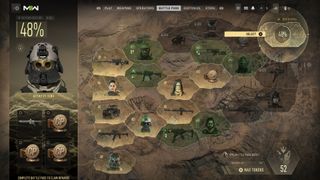
Warzone 2 sets out a fine foundation for future expansion, but there is room for immediate improvement across key areas. There are elements of the experience and ecosystem that are more complicated than they need to be – a criticism that can also be levied against Modern Warfare 2. The core UX is messy, making it difficult to navigate between game modes, social tabs, and weapon customization screens. The Warzone 2 Battle Pass system is similarly convoluted, with Infinity Ward abandoning linear progression for a sector-based map design that makes it difficult to quickly track unlocks between games.
Speaking of weapons, while Gunsmith is cumbersome in the core MW2 multiplayer, the system's intricacies are pronounced in Warzone 2. While Infinity Ward has done everything that it can to push players away from relying on distinct primary weapons setups (you can now buy one at a time from Buy Stations) in favor of cycling through ground loot (more of which can be held at once thanks to a new backpack inventory system; another unnecessary turn back towards Blackout), the truth is some weapons are already proving more viable than others, and the process of unlocking new weapons, attachments, and camo is both difficult to follow and a total time sink.
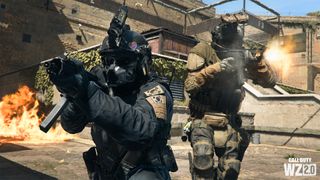
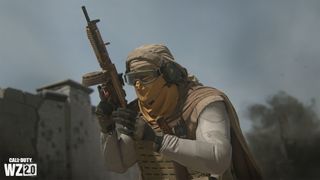
Arriving in beta alongside Warzone 2 is DMZ, a new take on the burgeoning survival-shooter genre. Whether you go it alone or in a group of three, DMZ charges you with dropping onto Al Mazrah to fight, loot, and extract. With the map occupied by a maximum of 66 real-players and countless AI combatants, there's an ever-present threat here – particularly as death will mean losing everything in your inventory. DMZ certainly has promise, although it's in desperate need of tighter progression and weapon customization systems. While DMZ lacks the tactical depth of other extraction shooters like Hunt: Showdown right now, with time it could easily be to Escape From Tarkov what the original Warzone was to PUBG: Battlegrounds.
So too is the revised Gulag system, which gives players an opportunity to fight for a one-time free respawn. It's now a two-vs-two affair, where you and a randomly-assigned buddy must race to eliminate the opposing duo before they are able to equip better ground loot or armor plates, or before an AI Juggernaut drops in and sweeps the floor. What should be a simple instance of skill-based confrontation – you and an enemy, with the same weapons and equipment, fighting for immediate supremacy – is now just a bit of a drag, with too many random elements at play to feel all that fun or fair.
These issues will likely be improved over time. In the first week of Warzone 2, for example, Infinity Ward introduced the option to filter the hundreds of weapon camos available, making it easier to equip unlocked colorways. Quality of life improvements will come, but what's important right now is that Warzone 2 is an excellent foundation for years of expansion and experimentation. The map is incredible to traverse, the weapon systems and handling models are slower and more deliberate, and the sharp, short, snap to combat makes every enemy encounter a thrill.
Warzone 2 was reviewed on Xbox Series X, and is free-to-play on all platforms.
More info
| Genre | Battle Royale |

Josh West is the Editor-in-Chief of 12DOVE. He has over 15 years experience in online and print journalism, and holds a BA (Hons) in Journalism and Feature Writing. Prior to starting his current position, Josh has served as GR+'s Features Editor and Deputy Editor of games™ magazine, and has freelanced for numerous publications including 3D Artist, Edge magazine, iCreate, Metal Hammer, Play, Retro Gamer, and SFX. Additionally, he has appeared on the BBC and ITV to provide expert comment, written for Scholastic books, edited a book for Hachette, and worked as the Assistant Producer of the Future Games Show. In his spare time, Josh likes to play bass guitar and video games. Years ago, he was in a few movies and TV shows that you've definitely seen but will never be able to spot him in.

Adam Scott's five-minute cameo in The Monkey is proof that he belongs in more horror movies
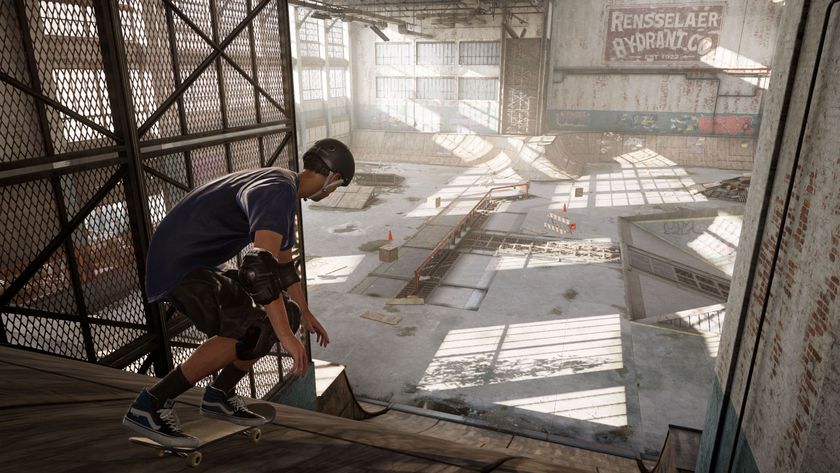
Tony Hawk's Pro Skater 3+4 rumors have just been upgraded from podcast mentions and Call of Duty map teasers to a full countdown on the official Activision website
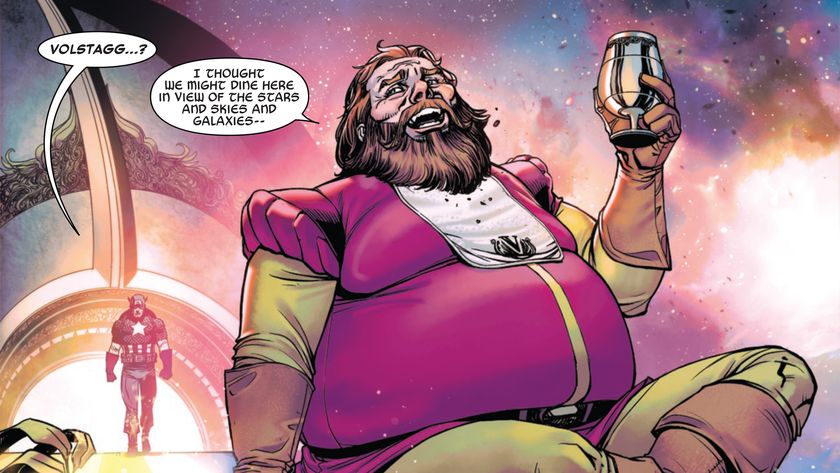
Steve Rogers teams up with the Asgardian warrior Volstagg in the latest of J. Michael Straczynski's Marvel one-shots
Most Popular





